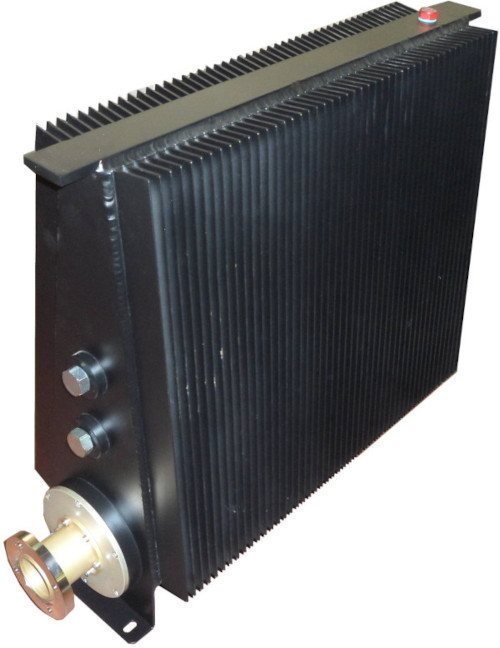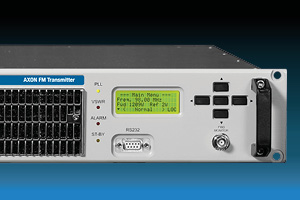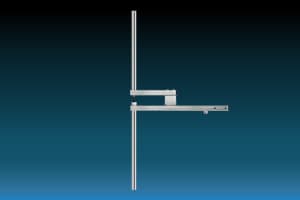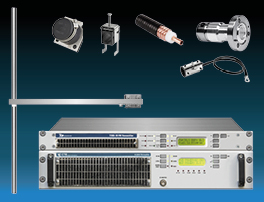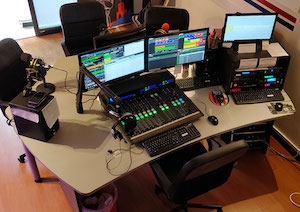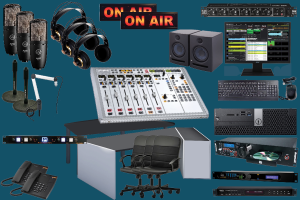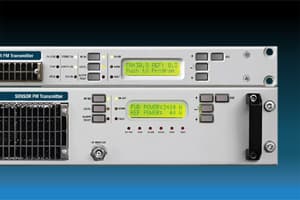Passive Components
Passive Components for your FM Broadcast Radio Station
Passive components in radio broadcasting are electronic elements that do not require an external power source for their operation.
They play essential roles in the design, construction, and functioning of various components within radio broadcasting systems.
To properly set up your FM Radio Station and broadcast your content, you definitely need the following Passive Components
– which will connect and enable all your main equipment:
- Splitters
- Combiners
- Hybrids, Directionals and Joints
- Coaxial Cables
- Connectors and Adapters
- Cavity Filters
- Clamps
- RF Dummy Loads
What are the main characteristics of FM passive components?
Splitters
An FM splitter is a device that divides a single FM signal into multiple identical signals. It's used to distribute FM signals (especially in high-power machines) to multiple devices without significant signal loss.
Combiners
An FM combiner does just the opposite of what the splitter does: it combines multiple FM signals into a single output. This is normally done in high-power transmitters, when multiple modules share the same antenna system.
Hybrids, Directionals and Joints
Hybrids are devices that combine or split signals with minimal loss while maintaining high isolation between the input and output ports.
They are often used in RF signal processing, antenna systems, and communication networks to manage signal power distribution and ensure efficient transmission.
Directionals, or directional couplers, are passive devices used to sample and measure signals in RF systems
while maintaining the integrity of the main signal path. They are commonly employed in applications such as power monitoring,
signal distribution, and impedance matching, allowing for controlled coupling of a fraction of the signal to be monitored
or directed to another part of the system.
RF joints or connectors are components used to connect different sections of a radio frequency transmission line.
These connections must maintain the integrity of the signal, minimizing signal loss, reflection, and impedance mismatch.
They are crucial for building and maintaining efficient and reliable RF communication systems.
Coaxial Cables
In FM, high-frequency signals need to be carried from the transmitter to the antenna, and a good coaxial cable ensures that this is done with minimal signal loss.
Connectors and Adapters
To connect the different devices and section that make up an RF transmission line you need top quality connectors, that are highly resistant and
at the same time easy to install, so as to minimize any signal loss and provide the best efficiency to the transmission system.
Similarly, adapters join different section of the transmission line, allowing for communication between different types of connectors and devices,
which may differ both in shape and size.
Cavity Filters
Cavity filters are specialized RF (Radio Frequency) filters used to selectively pass or reject signals within a specific frequency range. They consist of one or more resonant cavities, which are enclosed metal structures that resonate at a specific frequency.
Clamps
Clamps are used to securely hold cables, connectors, pipes, or other components in place, preventing unwanted movement or disconnection. In RF systems, where the precise alignment and stability of components are crucial for signal integrity, clamps ensure that connections remain secure and properly aligned.
RF Dummy Loads
RF dummy loads are devices designed to simulate the impedance of an active RF component, such as an antenna or transmitter,
without actually radiating a signal. They are normally used during testing and calibration, when it's necessary to absorb
the RF energy without transmitting it into the air – so they basically take the place of the antenna.
They come in different sizes, depending on the type of power they need to withstand – the higher the power, the bigger the dummy load.
They can be air-cooled or liquid-cooled. The latter are normally smaller, but break more easily if not used carefully – as water runs through them.
Further RF passive components
Baluns
The name "Balun" comes from the matching, or conversion, of balanced and unbalanced signals, which these passive components carry out within FM transmission lines. This helps to maintain proper signal integrity.
Resistors
Like their name suggests, these components can resist the flow of electrical current, and are therefore used to control the signal amplitude, as well as to set the bias point in amplifiers or other circuits.
Capacitors
These components can store and release electrical energy in the form of an electric field. When used in FM, their main functions are: coupling and decoupling signals, filtering, blocking DC components while at the same time allowing AC signals to pass through.
Inductors
When an elctrical current travels through them, inductors store that energy in the form of a magnetic field. Their main application in RF and FM circuits is tuning, filtering and matching impendance.
Transformers
Transformers are also used in FM circuits to match, couple and isolate. Phisically, they are coils of wire coupled together magnetically.
Filters
Filters are employed to attenuate certain frequencies and let others pass through. They basically help to shape the frequency response of the signal, excluding unwanted frequencies and reducing the noise.
